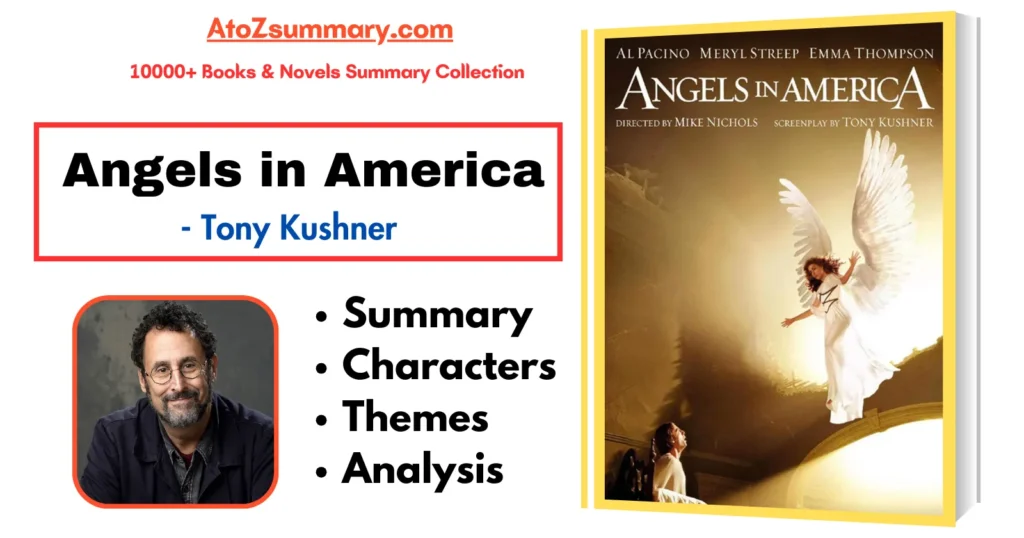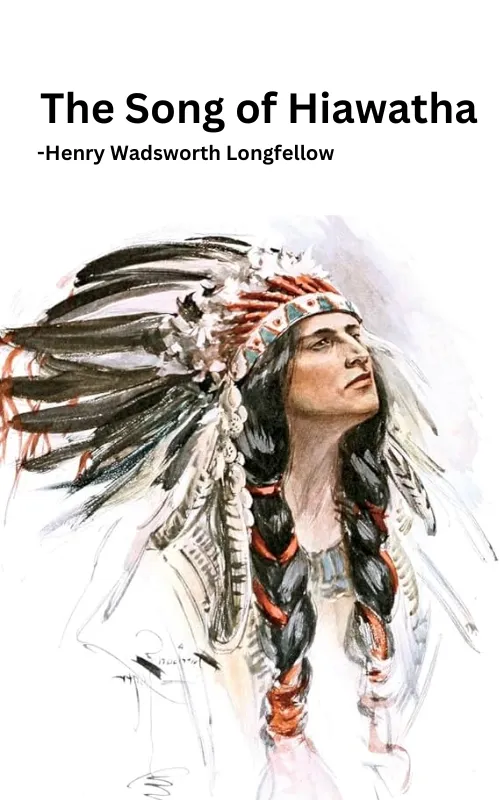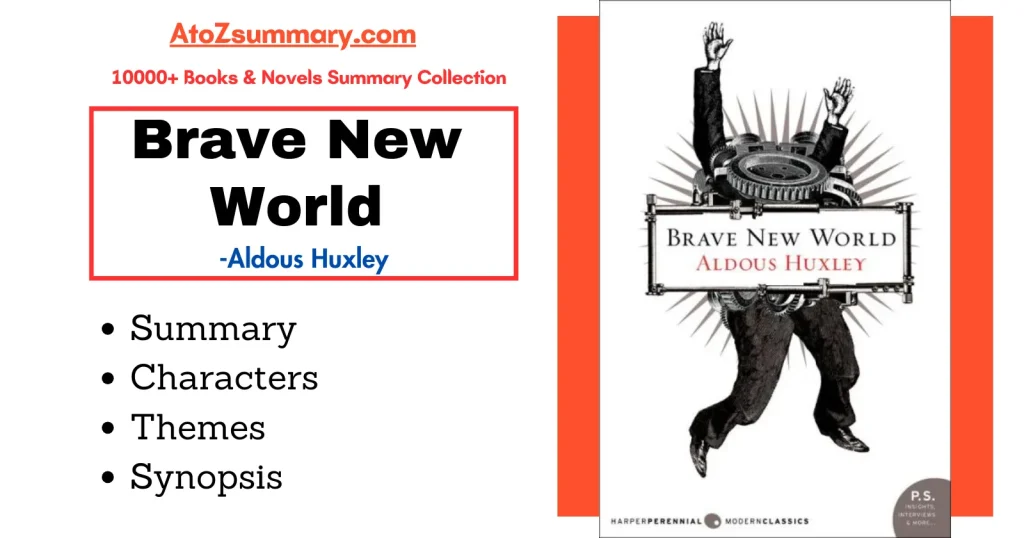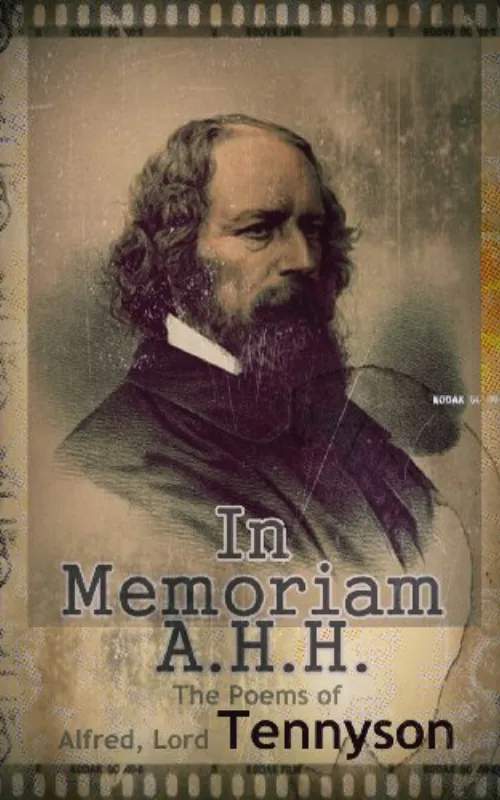![The Waste Land Summary & Analysis [by T.S. Eliot]](https://atozsummary.com/wp-content/uploads/2023/10/The-Waste-Land-Summary-Analysis-by-T.S.-Eliot-642x1024.webp)
About Poem-The Waste Land
| Poem Title | The Waste Land |
| Author | T.S. Eliot |
| Genre | Modernist poetry, epic poem |
| Publication date | 1922 |
| Speaker | Multiple speakers, including Tiresias, a blind seer from Greek mythology |
| Setting | A variety of locations, including London, Paris, and the mythical land of the Fisher King |
| Subject | The spiritual wasteland of modern society |
| Themes | Fragmentation, alienation, loss, despair, hope |
The Waste Land Summary & Analysis
The Waste Land by T.S. Eliot is a highly influential modernist poem that was published in 1922. The poem is known for its complexity, allusions, and its depiction of a world in crisis following World War I. It is divided into five sections, each with its own unique themes and characters. Here is a stanza-by-stanza summary of the poem:
Section I: The Burial of the Dead
In the first section, the speaker describes April as the “cruellest month,” a time when life should be renewing but instead brings feelings of despair. The section opens with the famous line “April is the cruellest month,” and it introduces a sense of disillusionment and desolation. The speaker reflects on the decay of society and its inability to revive itself. There are references to the myth of the Fisher King and the biblical story of the Tower of Babel, emphasizing a sense of spiritual and cultural decline.
Section II: A Game of Chess
This section features two contrasting scenes: one set in a luxurious, opulent room where a woman, presumably a lover, contemplates her fading beauty and the other set in a pub where a working-class woman talks about her unfaithful partner. The imagery and dialogue in this section highlight the breakdown of communication and relationships. It explores themes of desire, betrayal, and the failure of intimacy.
Section III: The Fire Sermon
The third section is filled with images of fire and destruction. It draws from various mythologies and spiritual traditions, including Buddhism. The speaker describes a world engulfed in desire, lust, and decadence, where individuals are driven by their base instincts. It emphasizes the emptiness and suffering that result from such pursuits and the need for spiritual awakening.
Section IV: Death by Water
This section is a brief and poignant reflection on death and the transitory nature of life. The speaker describes the drowning of a sailor and reflects on the fleeting nature of existence. It touches on themes of mortality and the futility of human endeavors.
Section V: What the Thunder Said
The final section is the most hopeful part of the poem. It begins with a description of a post-apocalyptic landscape and moves toward a vision of rebirth and transformation. The thunder speaks, and there are references to the Hindu god Shiva and the concept of the “sacred mountain.” The section suggests that renewal and transformation are possible but will require a return to spiritual and cultural roots.
The Waste Land FAQs
What is the message of The Waste Land?
The message of The Waste Land is that modern society is a spiritual wasteland, but that there is still hope for redemption.
What is the theme and central idea of the poem?
The central theme and idea of “The Waste Land” by T.S. Eliot is the spiritual and cultural decay of a post-World War I society, with a focus on the search for meaning and renewal in a fragmented and disillusioned world.
Why is April the cruelest month in The Waste Land?
April is the cruelest month because it symbolizes false hope and disillusionment, as it’s a time of renewal and rebirth in nature, but this contrasts with the spiritual and cultural decay of the world depicted in the poem.
What does the yellow fog symbolize?
The yellow fog symbolizes the pervasive moral and spiritual decay, representing the corruption and degradation of society.
What does the water symbolize in The Waste Land?
Water symbolizes both purification and destruction, representing the dual nature of life and the cyclical process of death and rebirth.
What do the lilacs symbolize in The Waste Land?
The lilacs symbolize a fleeting moment of beauty and rejuvenation in a world characterized by decay and desolation.

![The Waste Land Summary & Analysis [by T.S. Eliot]](https://atozsummary.com/wp-content/uploads/2023/10/The-Waste-Land-Summary-Analysis-by-T.S.-Eliot.webp)

![The Catcher In The Rye Summary, Themes & Characters [by J. D. Salinger] The Catcher In The Rye Summary, Themes & Characters [by J. D. Salinger]](https://atozsummary.com/wp-content/uploads/2023/06/The-Catcher-In-The-Rye-Summary-Themes-Characters-by-J.-D.-Salinger.webp)







